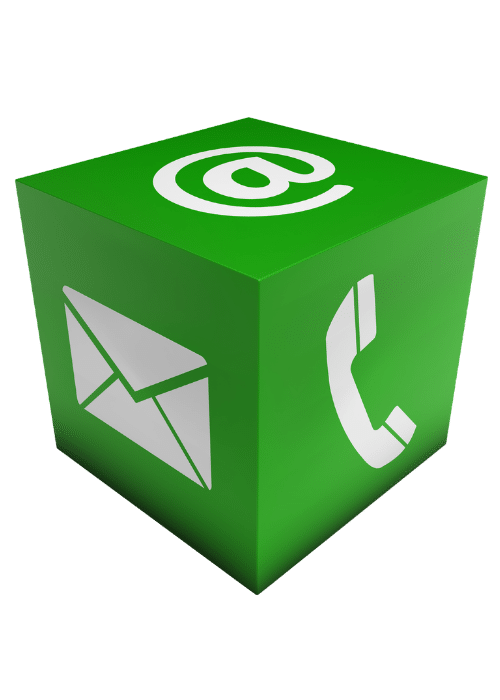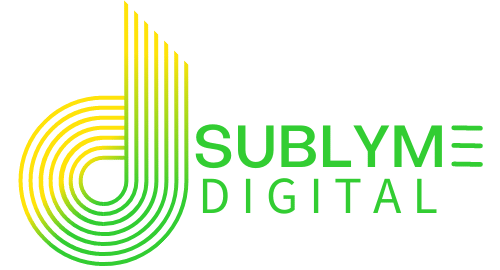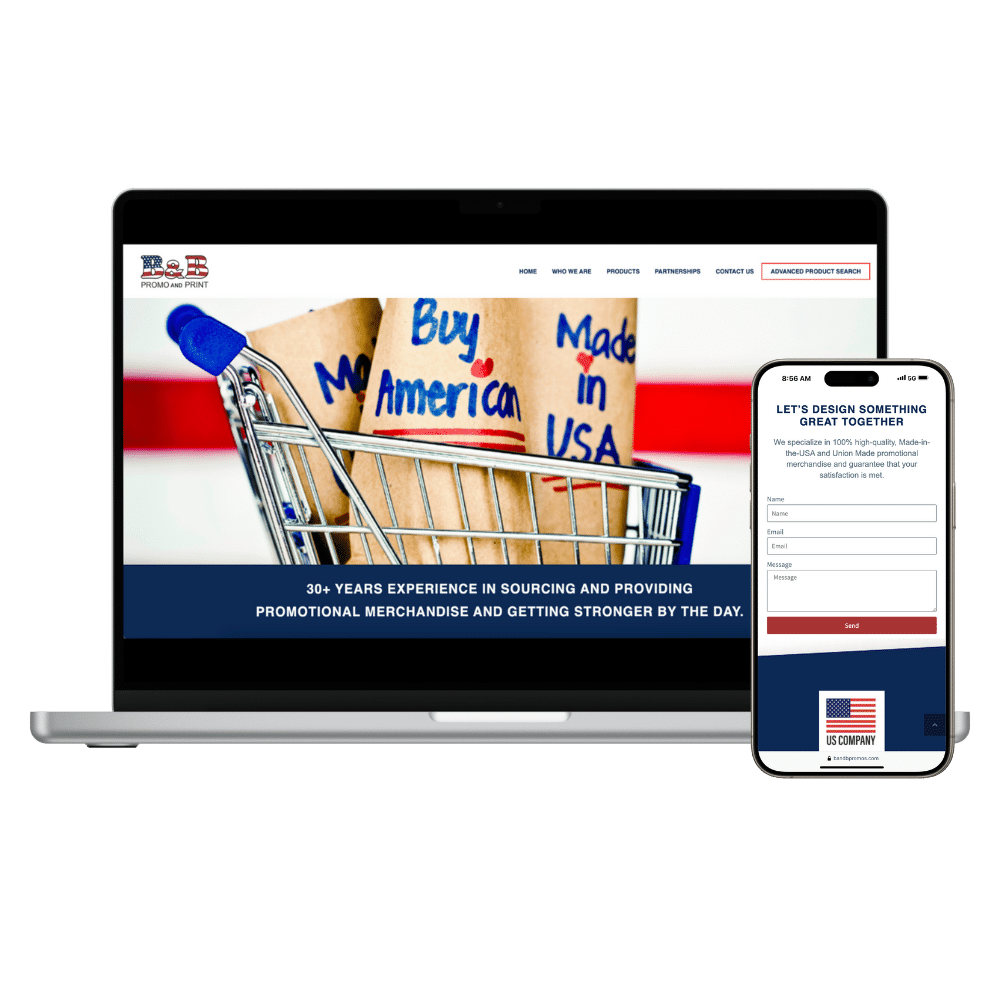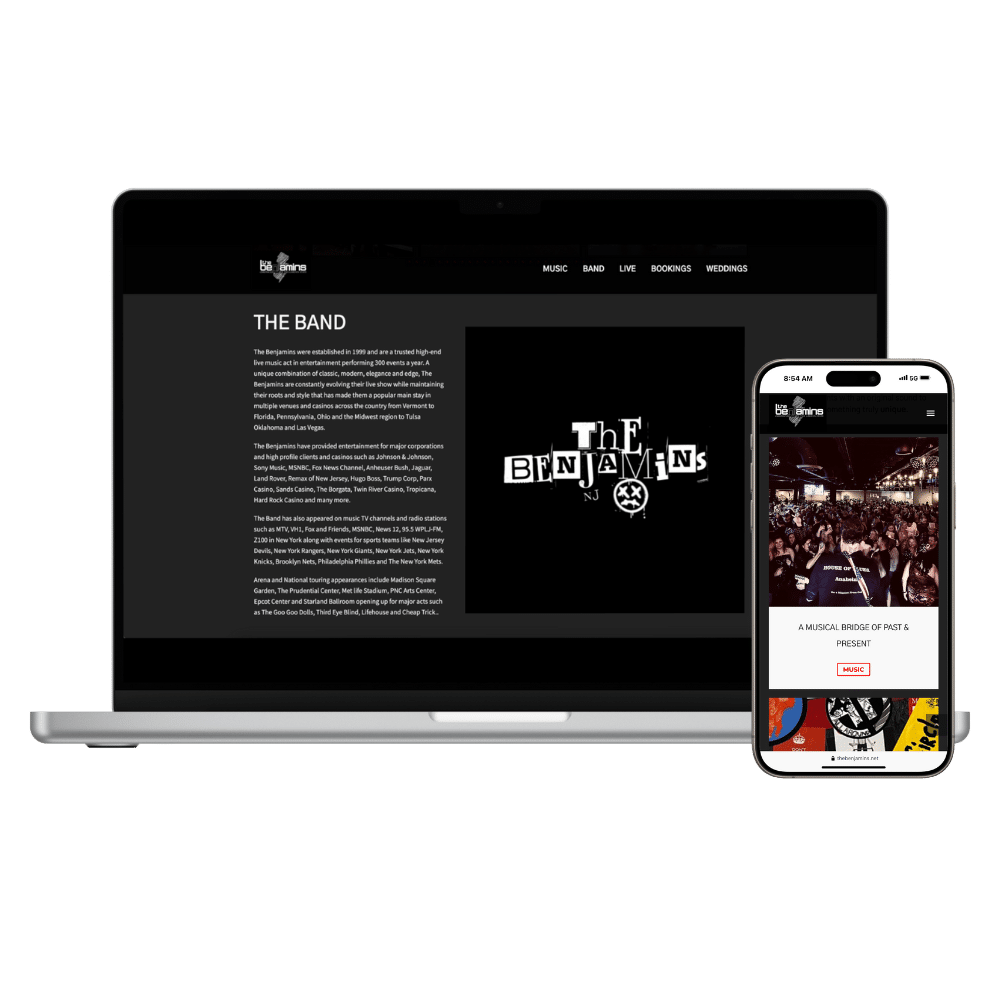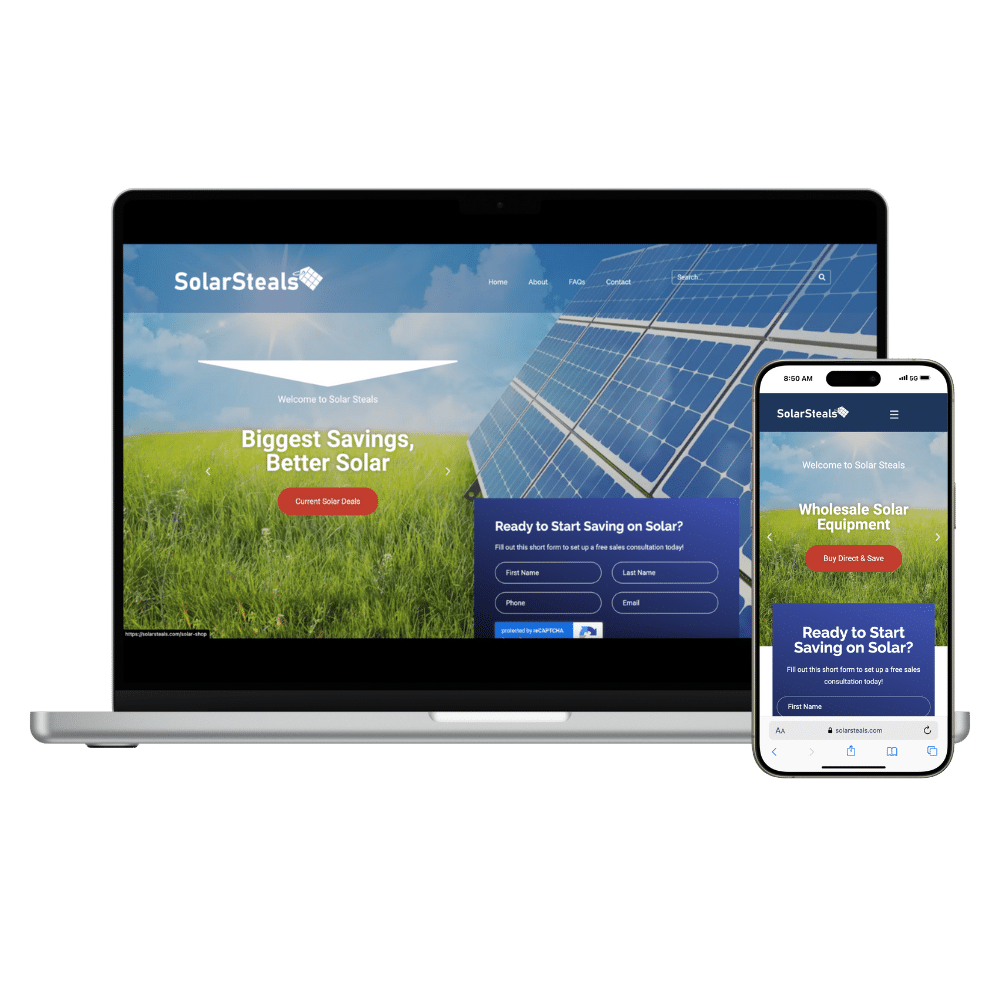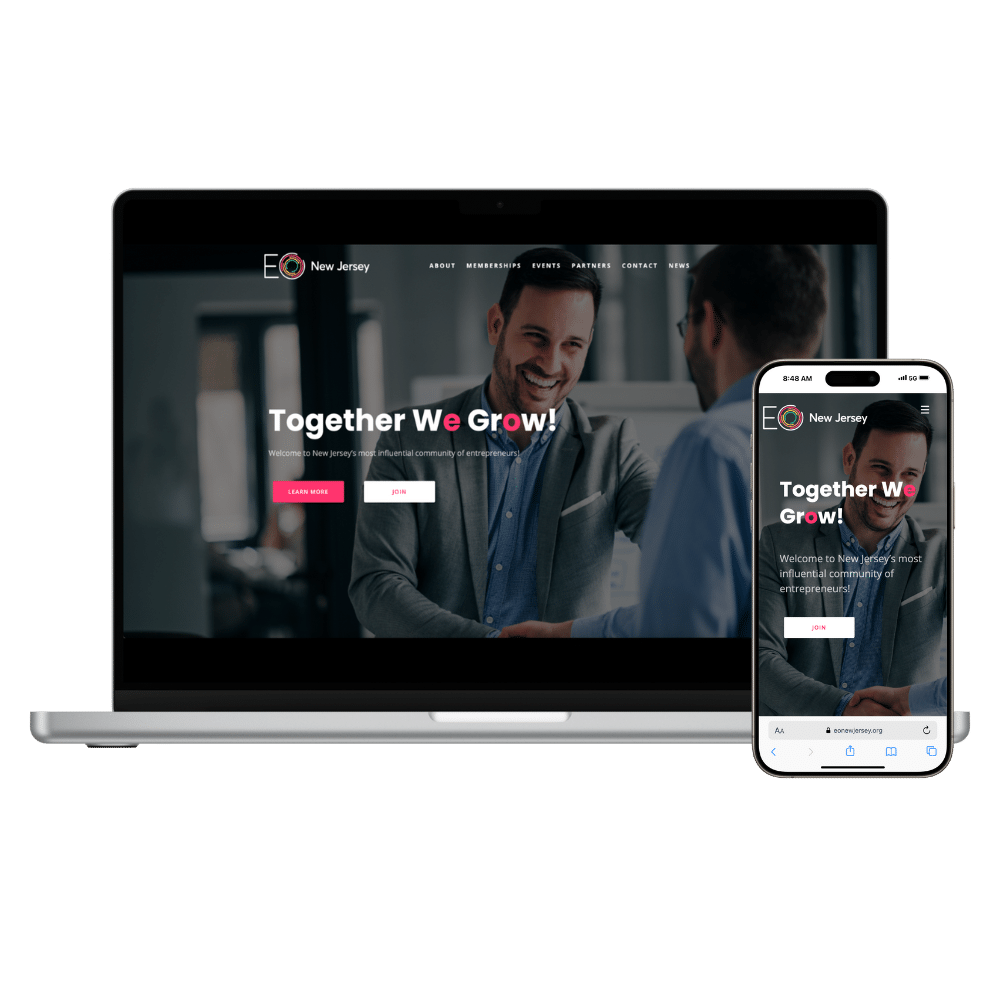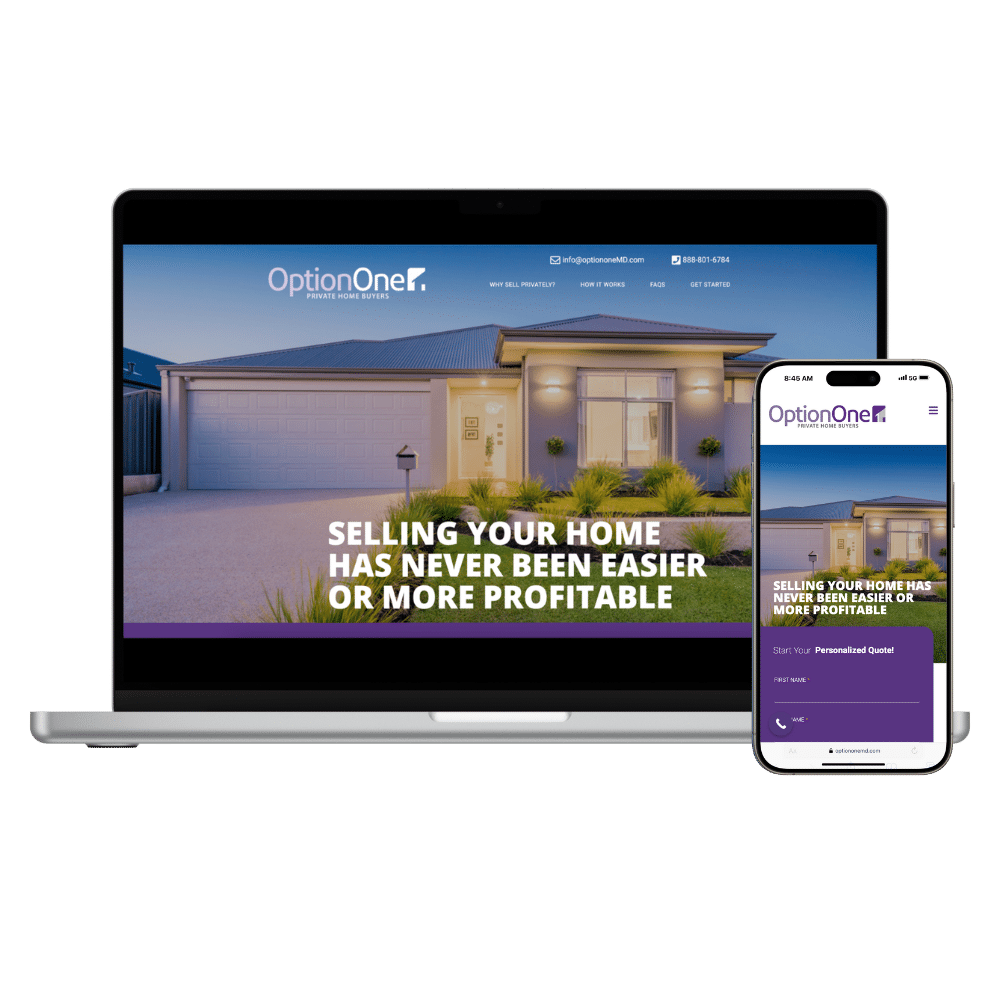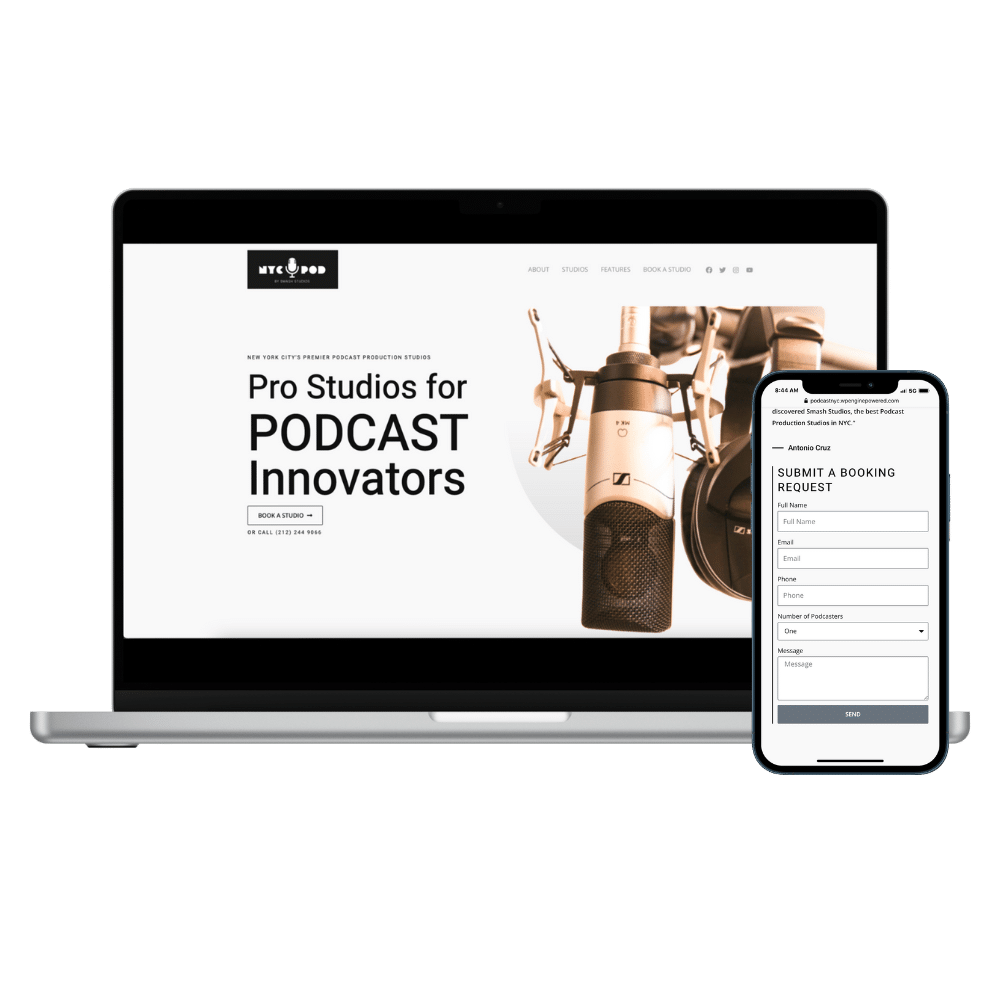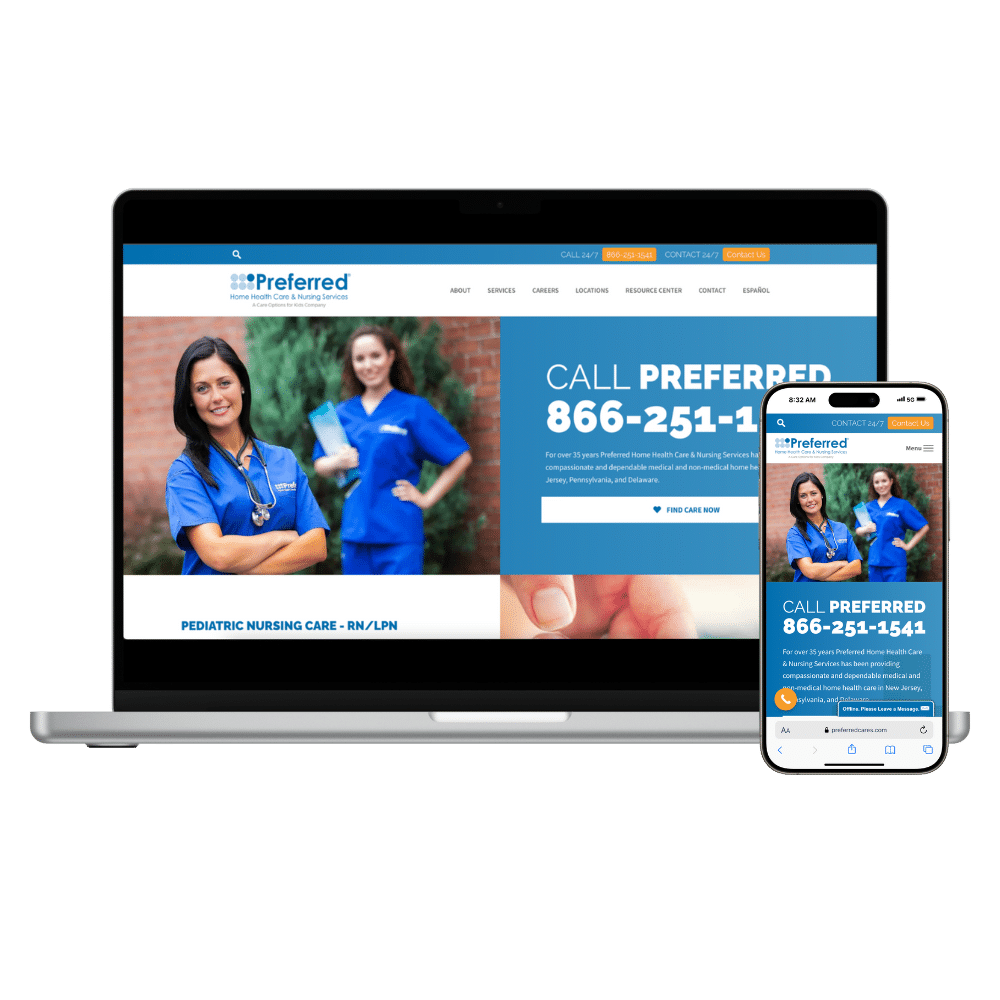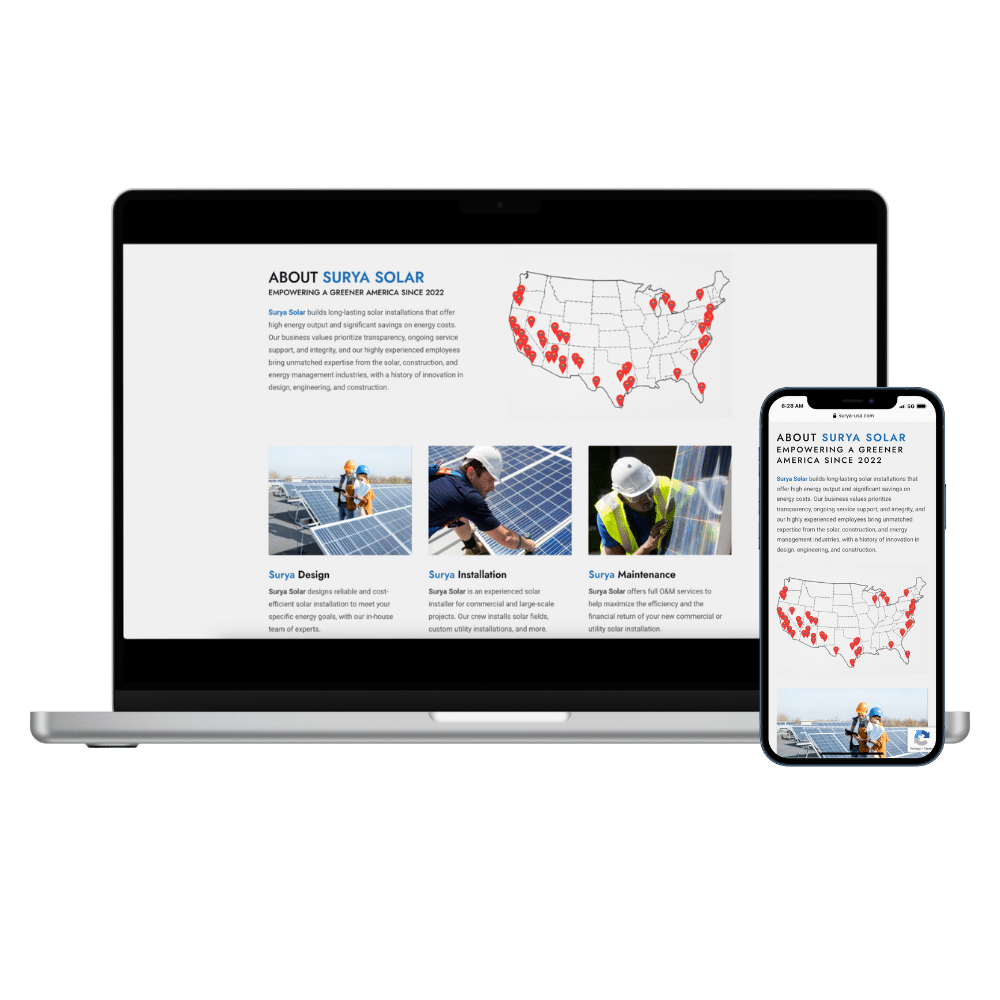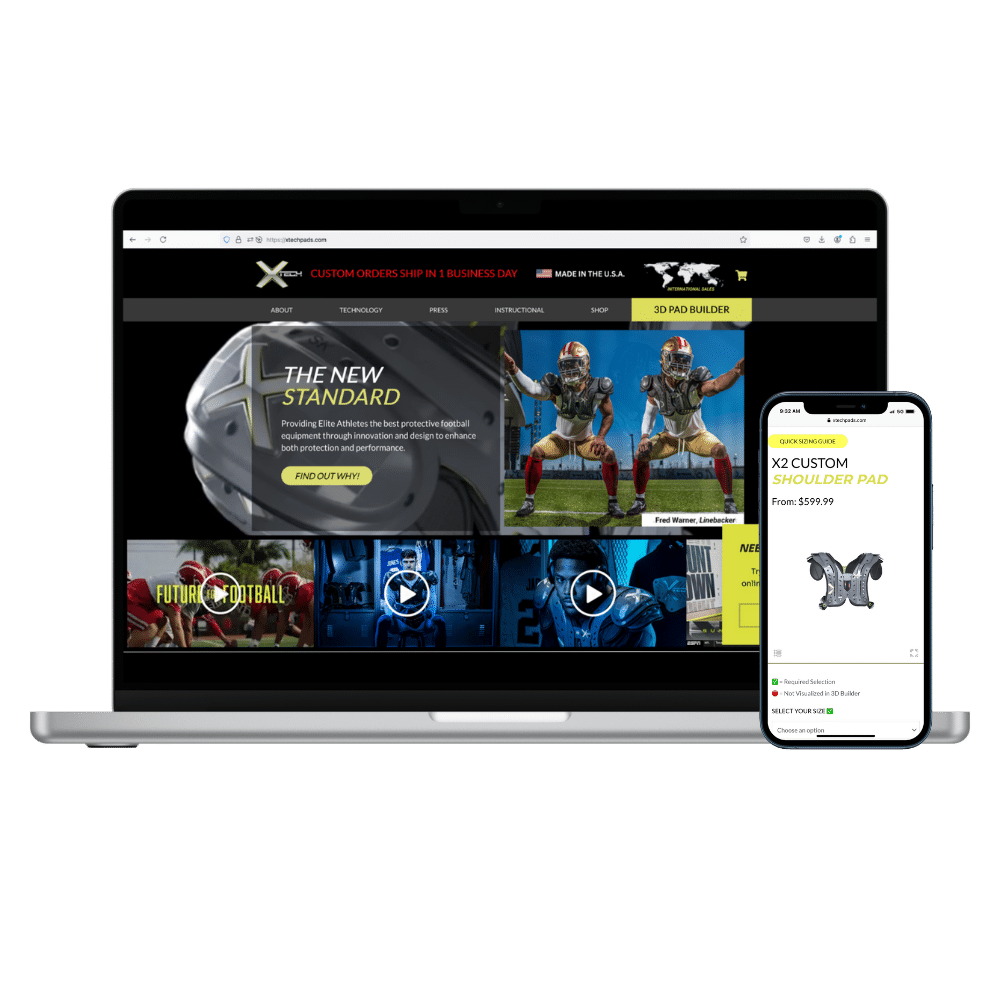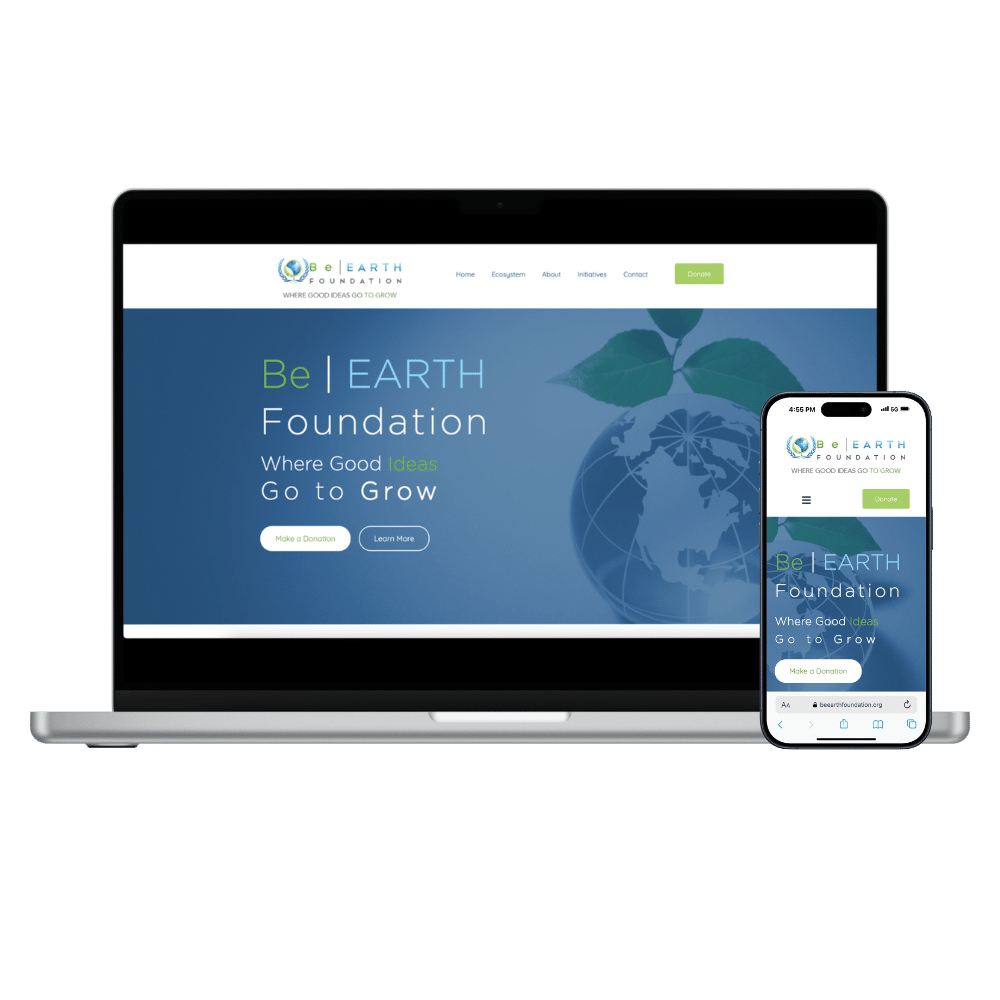Why Your Landing Page Experience Will Make or Break Your Ad Rank
Landing Page Power Moves: Unpacking How User Experience Impacts Your Ad Rank
Key Takeaways
- Landing page experience is a core factor in Google Ad Rank, affecting both your ad’s visibility and what you pay per click.
- A great landing page keeps users engaged, improves Quality Score, and boosts conversions.
- Focus on relevance, speed, clarity, trust, and mobile optimization for the biggest impact.
- Regular testing, honest feedback, and small tweaks can lead to big improvements in both ranking and ROI.

Let me explain: landing page experience isn’t just a “nice-to-have.” It’s a secret ingredient in the recipe for high Ad Rank, lower costs, and, let’s be real, happier customers. And if you’re an entrepreneur or a busy pro, you don’t have time or money to waste. So, let’s break down what landing page experience really means, why Google cares, and what you can do—starting today—to make sure your landing page is working as hard as you are.
Why Landing Page Experience Matters (More Than You Think)
What Is Ad Rank, Let’s Discuss!
- Your bid (how much you’re willing to pay)
- Quality Score (which includes ad relevance, expected click-through rate, and—you guessed it—landing page experience)
- The impact of ad extensions and formats
Your landing page isn’t just a destination—it’s your brand’s handshake, elevator pitch, and first impression all rolled into one.
Why Oh Why Does Google Care So Much?
So What Does Google Look For?
- Relevance: Does the page match what the ad promised?
- Transparency: Is it clear who you are and what you’re offering?
- Ease of Navigation: Can users find what they need without jumping through hoops?
- Speed & Mobile Friendliness: Does the page load quickly on any device?
- Originality: Are you offering something unique, or just another cookie-cutter page?
The Anatomy of a High-Performing Landing Page
Relevance: Speak Their Language
- Message Match: The headline and content should echo your ad. If you’re advertising “affordable accounting software,” don’t dump people on your generic homepage.
- Keyword Alignment: Sprinkle in the keywords your ad targeted—but keep it natural. No one likes reading a page that sounds like it was written by a robot.
- Answer the Question: If someone searched for “best CRM for small business,” give them a clear, honest answer. Don’t make them dig.
Speed and Mobile Optimization: Don’t Make Them Wait
- Load Time: Aim for under 2 seconds. Use tools like Google PageSpeed Insights to check.
- Mobile Experience: Over half your visitors are probably on their phones. Make sure your buttons are big, your text is readable, and nothing’s hidden off-screen.
- Core Web Vitals: Google cares about things like Largest Contentful Paint and Cumulative Layout Shift. Don’t ignore these—your ranking depends on it.
Clarity and Trust: Be Upfront
- Clear Value Proposition: Tell visitors exactly what you offer, right away.
- Simple Navigation: Keep forms short, buttons obvious, and distractions minimal.
- Trust Signals: Add testimonials, reviews, security badges, and clear contact info. A little reassurance goes a long way.
Transparency and Privacy: No Surprises
- Privacy Policy: Link it in the footer or near your form.
- No Sneaky Redirects: Don’t trick users into landing somewhere else.
- Upfront Offers: Be honest about what you’re selling or giving away.
How Landing Page Experience Impacts Your Ad Rank (and Budget)
Quality Score: The Secret Sauce
- Lower cost per click (CPC)
- Higher ad positions for the same spend
- More impressions and better ROI
Lower Bounce Rate, Higher Conversions
Less Wasted Spend
Competitive Edge
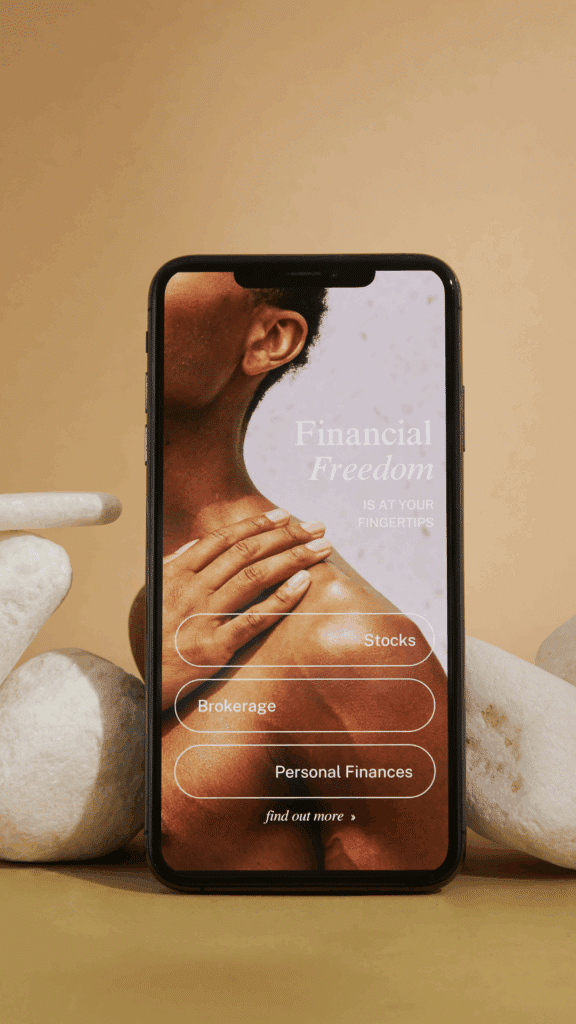
Actionable Steps to Level Up Your Landing Page Experience
Audit Your Current Pages
- Use Google PageSpeed Insights, GTmetrix, and Google’s Mobile-Friendly Test.
- Check bounce rate and conversion data in Google Analytics.
- Ask friends, colleagues, or even customers for honest feedback. Sometimes the best insights come from a fresh pair of eyes.
Sharpen Your Message Match
- Make sure your headline matches your ad copy—word for word if possible.
- Use dynamic keyword insertion for highly targeted campaigns.
- Personalize content for location, industry, or user segment where possible.
Turbocharge Your Speed
- Compress images and use modern formats like WebP.
- Minimize scripts and leverage browser caching.
- Invest in quality hosting and consider a CDN if you have global traffic.Nail the Mobile Experience
- Use responsive design frameworks.
- Test on multiple devices and screen sizes.
- Make sure forms and buttons are finger-friendly (no tiny tap targets!).
Build Trust and Transparency
- Add testimonials, client logos, and trust badges.
- Display privacy policies and contact info prominently.
- Avoid aggressive pop-ups or misleading offers.
Test, Measure, Repeat
- Run A/B tests on headlines, CTAs, and layouts.
- Monitor Quality Score, bounce rate, and conversion rate.
- Don’t be afraid to iterate. Sometimes the smallest tweaks—like changing a button color or shortening a form—can make a world of difference.
Conclusion
Speed Optimization Frequently Asked Questions (FAQ)
A: Google looks at relevance, transparency, ease of navigation, speed, and mobile-friendliness to determine your landing page experience.
A: Yes! Better experience means a higher Quality Score, which leads to lower CPC and better ad positions.
A: Start by speeding up your load times and aligning your page content with your ad copy.
A: Absolutely. Many of the same factors—speed, mobile-friendliness, relevance—also affect your SEO.
A: Regularly! Aim for monthly reviews and ongoing A/B testing to stay ahead of user expectations and algorithm changes.
Let's Build Something Sublyme
Ready to boost your Ad Rank and get more from every click? Download our free Landing Page Optimization Checklist or book a strategy session with Sublyme Digital. Let’s turn your landing pages into conversion machines—starting today!
